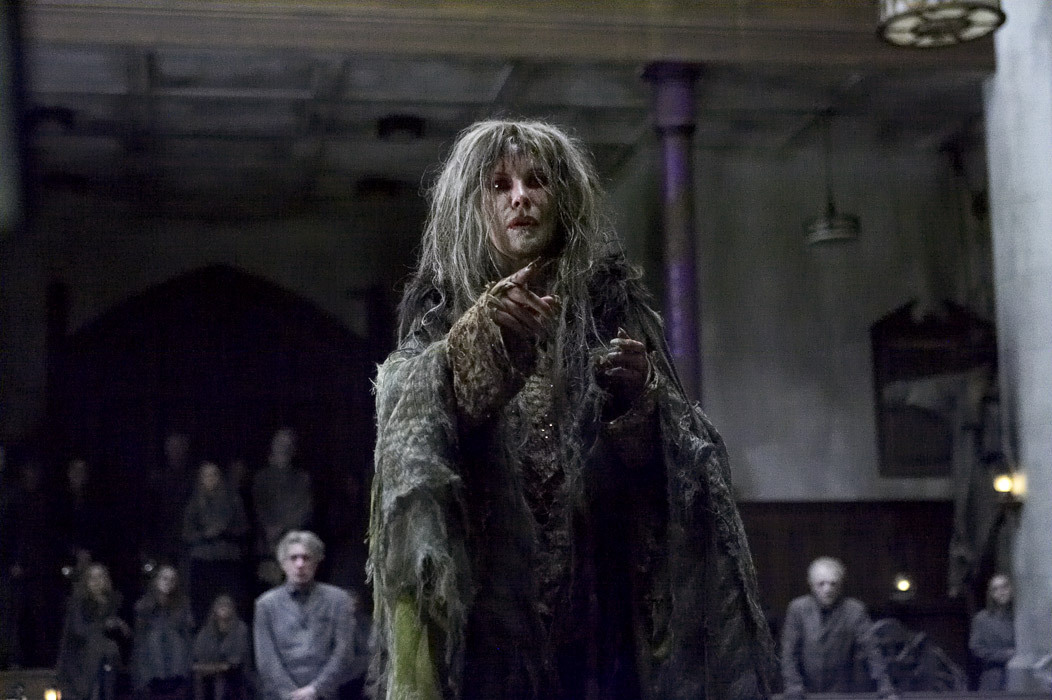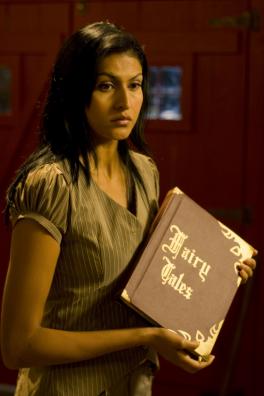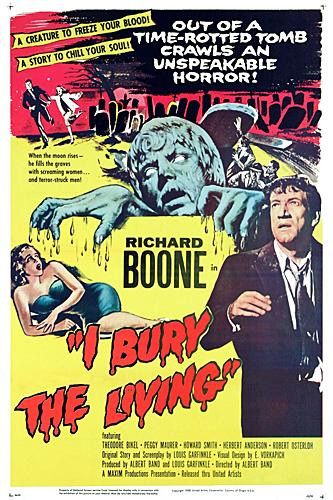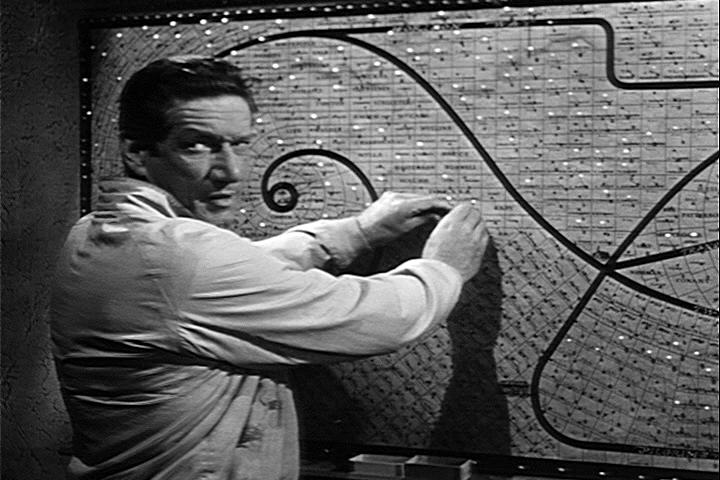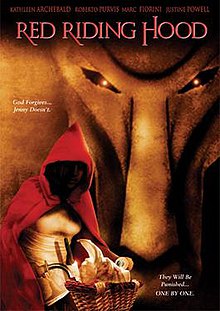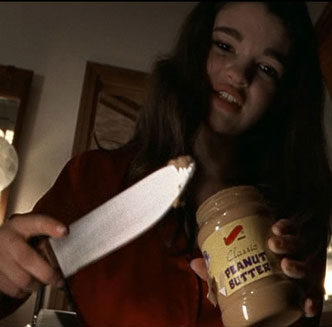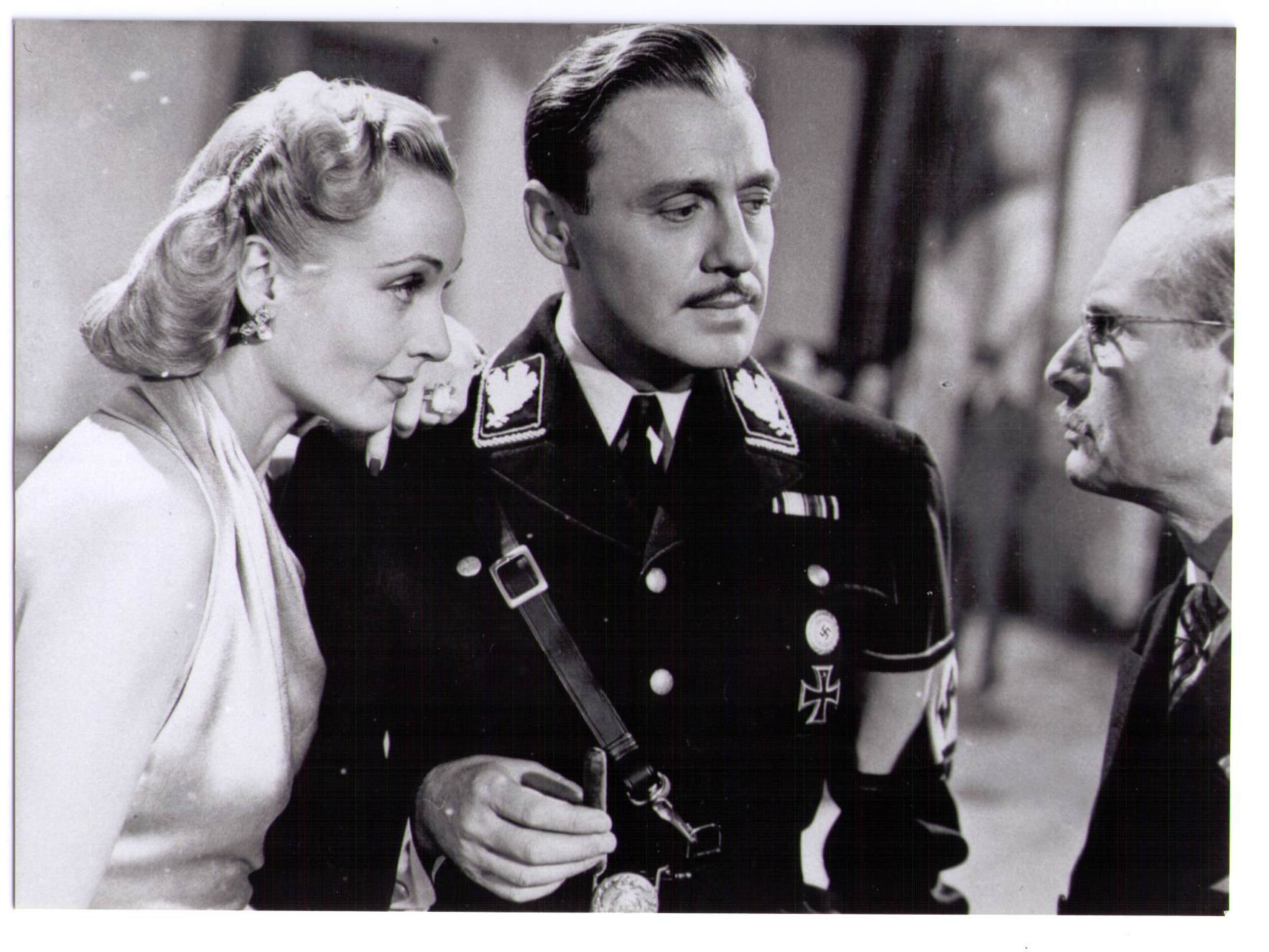 |
| The couple that spies together stays together |
It has often been said that the pen is more powerful
than the sword. In a similar twist, a laugh is often far more effective than a
tear. For hundreds of years, satirists have known the power of laughter and
used it to their advantage in their efforts to expose corruption, hypocrisy,
and truth. One particularly bold satire is the 1942 comedy classic To Be Or Not To Be which dared to not
only explore the horrors of Nazi Germany, but do so in a comical way that also
exposed the ignorance, arrogance, and hypocrisy that fueled it.
The story begins as a theater troupe in Warsaw, Poland prepares to put on a play satirizing Hitler. The play is cancelled after
the theater’s owner decides that Poland’s political status is too fragile to
chance offending Germany. The actors begrudgingly replace the play with a
production of Hamlet starring husband
and wife Joseph (Jack Benny) and Maria Tura (Carole Lombard). Maria’s performance
catches the eye of young pilot Stanislav Sobinski (Robert Stack), who sneaks
backstage to meet with her. Flattered by the younger man’s attentions and
irritated with her husband’s insistence upon constantly upstaging her, Maria
entertains a flirtation with the pilot only to learn that he has every
intention of making an honest and simple woman out of her. Before Maria can
explain to Stanislav that she has no intentions of leaving her husband and
career for him, she is interrupted by the news that Poland has gone to war with
Germany. To Maria’s relief, she is separated from Stanislav when he goes to England
to fight alongside the Allies while she attempts to live some semblance of a
normal life with Joseph amidst the Nazi occupation of Poland. Stanislav eventually
returns home after discovering a traitor in the Allied ranks and persuades Maria
to enlist the help of her fellow actors in a scheme to expose the spy and outwit
the Gestapo. As the plan gets underway, the entire troupe finds their acting
skills put to the test as they infiltrate the highest ranks of the Gestapo’s
headquarters and race against time to outwit their oppressors.
While audiences were dumbfounded by the film’s
seemingly flippant attitude towards the Nazi threat, it is this same dismissive
tone that makes the film a truly brilliant piece of satire. Even today, a
comedy set against the backdrop of Nazi occupation is a shocking premise for a
film. In 1942, however, this idea was not only shocking but outright dangerous
as there was no way that the filmmakers could be sure that they would be on the
winning side once the war was over. Because the war was ongoing upon the film’s
release, many found it to be not only in bad taste but also an unnecessary
provocation of the enemy. Director Ernst Lubitsch knew more about the effects
of satire than his critics, however, as he used his film to expose not only the
evils of Nazi Germany, but also the flawed people behind it. Throughout the
film the Nazis are clearly portrayed as the villains of the story but are
consistently shown to be all too human as they reveal themselves to be incompetent,
self-absorbed, and boorish. By following the same formula of politics combined with
madcap antics that he used in his earlier hit, Ninotchka, Lubitsch successfully walks the fine line between exposing
the horrors of Nazi Germany and ridiculing the ideology responsible for them in
To Be Or Not To Be.
 |
| Heil myself! |
The film is now considered the crowning achievements
in the careers of Lubitsch, Benny, and Lombard, but was not regarded as such
until several decades after its release. While the film achieved a moderate
success at the box office, it was considered a critical flop due to its daring
subject matter. Critics were particularly harsh in their treatment of Benny and
Lubitsch as they accused Benny of playing himself and Lubitsch of producing a
script that jumped from genre to genre while trivializing the brutality of Nazi
tyranny. Lubitsch defended the film, saying “what I have satirized in this picture
are the Nazis and their ridiculous ideology. I have also satirized the attitude
of actors who always remain actors regardless of how dangerous their situation might
be”, while his intentions are all too clear today, 1940’s audiences were simply
not prepared to see biting humor used within the same context as a fascist
dictatorship. Two months prior to the film’s release, Lombard was killed in a
plane crash while traveling home from a war bond rally in Indiana. Her mother
and press agent were reportedly both afraid of flying and only agreed to take a
plane home after losing a coin toss to the insistent Lombard. All twenty-two of
the plane’s passengers, including fifteen servicemen and Lombard’s entire party
were killed. Lombard was thirty three at the time of her death and at the peak
of what audiences assumed would be a long career. The film was edited to remove
Lombard’s line “What could happen in a plane?” as it appeared both crass and eerie following
the news of her death. Critics were gentler in their reviews of Lombard’s
performance, likely in an effort to be respectful and tactful following her
tragic death.
The cast provides the scathing script with apt
support in a series of hilarious performances. Benny portrays his vain actor
with the ideal combination of hammy shenanigans and heartfelt humanity.
Similarly, Lombard imbues her stage diva with the perfect mix of glamour and
wittiness. Together, the pair form a formidable team as they bicker, break up,
and make up much in the way that real couples do all while doing their best to
stay one step ahead of the Gestapo. The supporting cast turns in uniformly excellent
performances with particularly memorable turns from Felix Bressart and Sig
Rumann in their respective roles as a Jewish actor and a buffoonish Nazi
colonel.
To
Be Or Not To Be is a film that epitomizes the phrase “ahead
of its time”. The film’s innovative approach successfully calls attention to
the evils of tyranny while simultaneously lambasting the ideologies and ignorance
that fuel tyrants and their followers. While it may have been too daring for
1940’s audiences to fully appreciate, the film has since gained the fan following
and elevated status that such a comic masterpiece deserves. With its combination of black humor, expert
comedic performances, and that indescribable quality known simply as “the
Lubitsch touch”, To Be Or Not To Be is
a classic in every sense of the term.
 |
| All's well that ends offensively |



